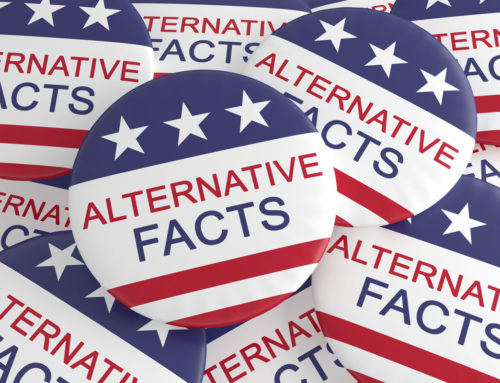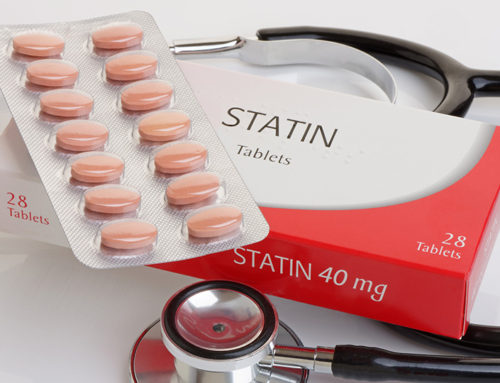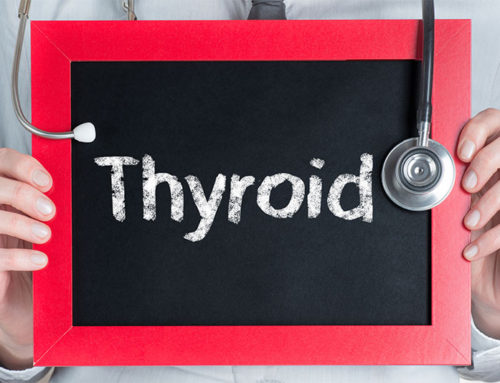The cereal business is in the toilet.
According to a report in the business section of the New York Times, sales of flaked cereals (like the iconic Corn Flakes) are down 5.5% and sales of all types of cereals are down 10.7%. The title of the print version of the article– Mikey Doesn’t Like It Very Much, Anymore– refers to the iconic 1974 television commercial in which two brothers are trying to get their very picky little brother to try a new “healthy” cereal called Life that neither of the brothers has any interest in eating.
“Let’s get Mikey to try it”, one of them says. “He won’t like it. He hates everything.”
Apparently, we are all Mikey now.
To which I say, “Hallelujah, brother!”
As someone who’s not exactly known for mincing words, let me be blunt: Cereal is crap. The overwhelming majority of it is processed dreck, nothing more than candy with a good PR campaign. The memes about cereal are implanted early in our lives—just think of your associations to Wheaties and Cherrios, two utterly useless food products each of which has over 20 grams of processed carbohydrates per serving. Wheaties in particular has benefited from one of the best public relations campaigns since “Betcha can’t eat just one”, which is why the first thing most of us think of when we hear “Wheaties” is “Breakfast of Champions”.
If you think that crap is really the “breakfast of champions”, then I’ve got some really lovely property to sell you right under the Brooklyn Bridge.
The god-awful, sclerotic American Dietetic Association—oh, excuse me, they’ve now renamed themselves the “American Academy of Nutrition and Dietetics”, since they apparently think that a new name will make them seem more relevant —has been shoveling the party line about cereal being a great source of fiber for as long as I can remember, but that’s a load of unmitigated do-do. The average cereal has about 2-3 grams of fiber per serving. Compare that to the 11-17 grams per serving of beans or 8- 10 grams per avocado. Cereal as a “fiber heavyweight” is as much a myth as the Loch Ness monster.
And while many commercial cereals claim to only have a few grams of sugar, that’s more a function of creative labeling, fuzzy math, and hidden agendas– the same kind of thinking that winds up classifying ketchup as a vegetable. Manufacturers can be very creative when it comes to deciding which carbohydrates they consider “sugar”. And it doesn’t much matter anyway, because these processed carbs turn into sugar in the body faster than you can say “diabetes”. Fiber heavyweight? Sorry, Charlie.
I’m almost angrier about the poseurs like Life, Grape Nuts, Special K and Total, because they actually pretend to be health foods and lure unsuspecting, overworked moms into thinking that they’re doing their families a favor by feeding them this stuff. No one pretends that Lucky Charms and Captain Crunch are anything but candy, but many people believe that the “healthy” cereals like Life– which has 25 grams of carbohydrate, 6 grams of sugar, and a paltry 2 grams of fiber –are actually healthy.
Umm…..not so much.
Look, the field of nutrition is experiencing the beginning of what Thomas Kuhn, in The Structure of Scientific Revolutions called “a paradigm shift”. New research continues to pile up making it harder and harder to ignore the fact that we were bone-headedly wrong about saturated fat and cholesterol. Not coincidentally, it’s also becoming increasingly apparent that we were dead wrong about the demons in the American diet.
It was never dietary fat that was the enemy. It was never fat that was making us sick, fat, tired and depressed.
It was sugar. And foods that the body converts to sugar in a New York minute.
Like the overwhelming majority of commercial breakfast cereals.
So I’m not exactly shedding tears for General Foods and General Mills. They’ve been selling us this crap for decades, spending millions of marketing dollars to convince us that these cash cow food “products” are actually necessary for our health, while plying organizations like the American Dietetic Association with millions of sponsorship dollars to keep sending out the message that we should build our diet around healthy “complex” carbs.
And please, don’t buy into the marketing drivel about “whole grains”. You can’t pluck a grain from the earth and eat it—all grains require processing, and by the time a grain (whole or not) has been pounded and pulverized into flour, or turned into a flake of “Special K”, you might as well be eating pure sugar. Why do you think they have to “fortify” cereals in the first place? They’re just putting back tiny amounts of the vitamins and minerals that were lost in the processing. You might as well take a multi-vitamin and save the calories.
When it comes to commercial breakfast cereal, I feel like the kid who’s been shouting “the emperor has no clothes—(and by the way, his body’s not that great either)” for about a decade.
Except now the grown-ups are finally paying attention.














this guy is the real garbage out there. Makes me laugh. It’s cereal bro. Calm down. You seriously just ranted to the world about cereal for a whole article. That’s what your getting money for and also having fun writing for? That’s a waste of space and time. You want to help people? Help the woman who has an eating disorder and weighs 700 lbs, since you have a degree in telling people what to eat. And yes I just wasted my time typing this but this honestly an EMBARESSMENT to society. I feel bad for you. Mister Bowden.
For the average cereal consumer, they’ve stopped buying cereal simply because it’s getting too expensive. Four dollars for cheap cereal that’s on sale. No thanks. People are switching to top ramen. Seriously.
Does it count when you do the right think for the wrong reasons?
Ramen! Wow! The nutritional possibilities are – non-existent.